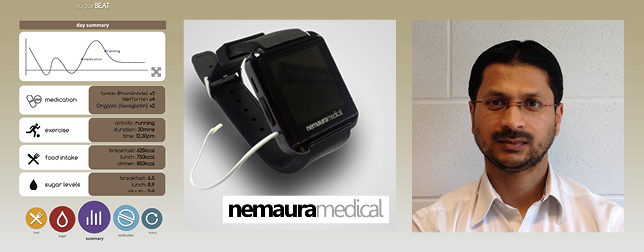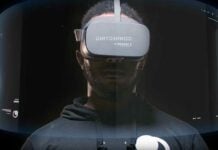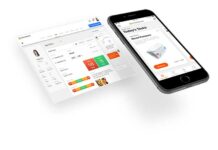WT | Wearable Technologies closes out the 2015 world tour with a one-day conference in Hong Kong. The WT | Asia conference is one you will not want to miss. To give you a sneak peek at the companies speaking at this event, we have interviewed Dr. Faz Chowdhury, CEO of Nemaura Medical. He reveals their smart patch for measuring glucose levels! Nemaura Medical’s innovative technology is impressive. Take a look and share this interview with your friends!
Can you briefly explain what the Nemaura sugarBEAT® is? How does it work?
The sugarBEAT® system is a non-invasive continuous glucose monitoring solution. It aims to revolutionise continuous blood sugar monitoring. The sugarBEAT® system consists of four parts: Daily disposable skin-prep patch , Daily disposable adhesive sensor-patch, Bluetooth enabled device with LCD display and alarm and the sugarBEAT® Smartphone App . The system works by painlessly extracting interstitial fluid from just beneath the skin into the sensor-patch. The device detects and records glucose levels within the patch up to four times per hour, and this data is continuously streamed to the mobile phone application. The Patch is less than 1mm thick and designed to conform to the body, and provide a convenient way to track blood sugar levels throughout the day.
What motivated Nemaura Medical to create SugarBEAT as wearable technology?
There are a large number of systems developed for wearable sensing. Many of these provide benign information, with little clinical relevance or relevance on a persons real state of health or wellbeing. We recognized that diabetes has become a pandemic with over 300 million diabetics worldwide, and the number of pre-diabetics is almost 3 times the number of diabetics. Furthermore obesity is on the rise, and the rise in sedentary lifestyles and fast-food culture is leading to very poor control over blood glucose levels. An accurate non-invasive, convenient, cheap, disposable method of tracking blood glucose was therefore determined to be amongst the ultimate wearable sensing technologies. This was our motivation.
How do you see medical patches influencing the future of healthcare?
Sensor patches which measure a multitude of analytes extracted from the skin is going to be the norm. Patches have already been used for over 30 years for delivering drugs through the skin and they are very well accepted worldwide. Patches are being empowered to sense minute levels of analytes from the skin using micro and nano-sensing technologies, that are readily mass produced, and cost efficient, and not cumbersome to wear on the skin. This will lead to a proliferation in the use of medical patches for wearable sensing both for lifestyle improvement as well as supplementing clinical diagnostics.
What is the biggest challenge in bringing medical wearables to market?
The single largest challenge is compliance with regulatory guidelines. There are well-established guidelines for bringing medical devices to market, and any device and/or patch that is deemed a medical wearable technology, with clear medical claims must be approved by the appropriate regulatory authority, such as the FDA in USA, and China FDA in China. Apart from demonstrating device safety, robust clinical data must support any clinical claims that are made. The US FDA has issued guidance notes for wellbeing devices. These can be adopted to market swiftly without having to follow the procedure for a medical device. A key requirement is that the device or patch must be non-invasive. Existing continuous glucose monitoring solutions require a needle-like sensor to be embedded inside the skin. This is invasive and has potential for causing skin infections. The sensor must also remain inside the skin at all times during use, up to 14 days at a time, which is highly inconvenient. Patches such as the sugarBEAT® do not require any insertion inside the skin, and merely adhere to the surface of the skin and can be removed at any time. They therefore have strong potential for early adoption as wellbeing devices as well as providing important health related data.
Lastly, what is your favorite wearable device?
Regrettably I do not have a favorite wearable device at this time, since as I mentioned earlier, most devices currently provide information that is not of great use from a clinical heath perspective. If anything, they provide a source of motivation. That’s all. Wearable patch technologies however have the potential to change this.
WT | Wearable Technologies hopes you join us for WT | Asia 2015 – on October 12. Nemaura Medical is only one of 20 presentaions! Come check it out, and learn more about the future of wearable technology! Here is the link to register.















